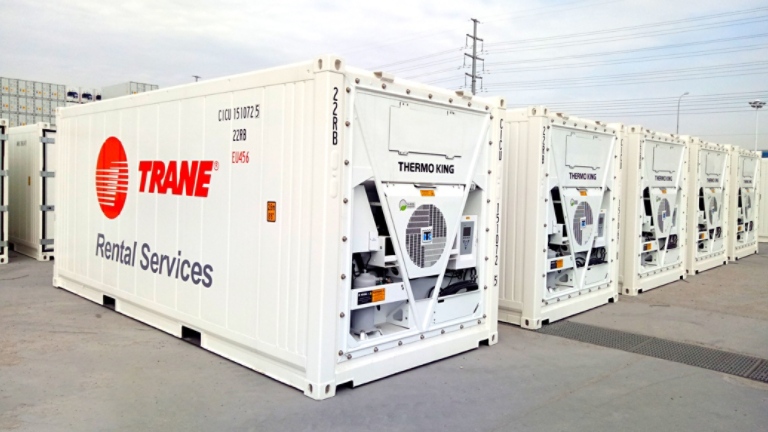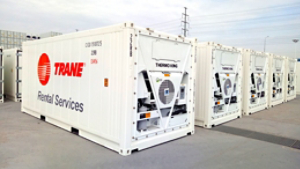The physical building(s) within an organization's infrastructure plays a crucial role in energy consumption and making even minor modifications to the building may help to impact energy efficiency. Upgrading windows, doors, and lighting can help yield immediate reductions in energy consumption, while transitioning to more efficient HVAC equipment can pave the way for a more sustainable future. Infrastructure updates require a great deal of planning and must be adaptable and sustainable. Breaking down the process into a few important steps will help manage outcomes to ensure success.
Step 1: Assess Your Current Infrastructure
Your energy journey begins with understanding your current energy usage. Collecting information on how your building is currently operating will provide you with a benchmark to measure future successes. Setting up an ENERGY STAR portfolio will consider your building age, location, and other key metrics to assign an ENERGY STAR score. This will allow you to assess where your infrastructure stands in comparison to similar buildings to take the next steps towards sustainability.
A trusted energy collaborator will help perform an Energy Audit for your properties. An energy audit includes a site visit and detailed review of your assets, energy usage, and energy spend to inspect and identify opportunities to become more efficient with your infrastructure and equipment.
Step 2: Set Goals
Once you have a comprehensive understanding of your energy usage, prioritizing and developing a clear energy plan becomes possible. Your energy collaborator will provide knowledge and guidance to outline organizationally specific goals. It’s important to recognize that energy plans are strategic outlines, and not all changes can happen at once and customization is essential. Balancing factors like timing, funding options, and other organizational goals prepares you for long-term sustainable solutions.
Step 3: Understand Your Options
Even though many energy journeys look different, the goals of becoming more energy efficient, reducing energy costs and creating a more sustainable future are common across all industries. Understanding the available options based on your specific goals empowers you to make informed and sustainable decisions for your organization.
Investing in infrastructure helps organizations achieve sustainability goals. The Powhatan County School District demonstrates the transformative outcomes achieved with the right energy plan and Trane as a trusted collaborator. This organization made infrastructure investments and equipment upgrades according to its unique timelines and needs, yielding unexpected benefits and long-term success.
Investing in infrastructure presents challenges that require strategic planning and thoughtful deliberation. Understanding available options for sustainability empowers organizations to make informed and balanced decisions that can lead to enhanced energy efficiency. By adopting a systematic approach and collaborating with Trane, organizations can effectively navigate options and plan their investment to not only attain short-term objectives but create continued energy success for the future.

















































































